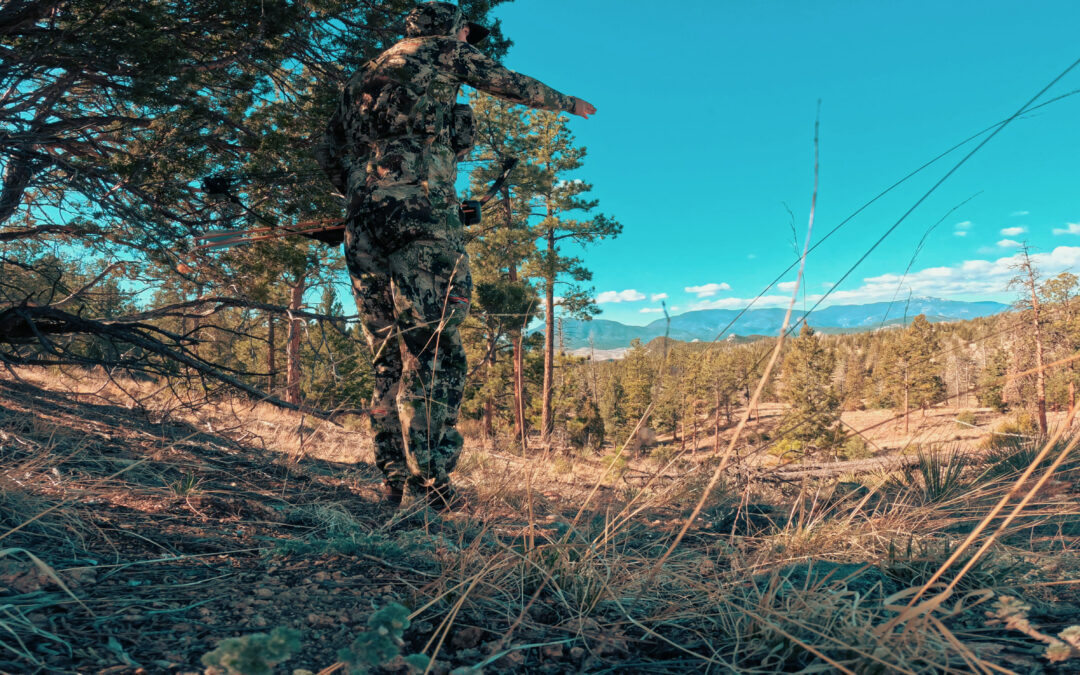
Unlock Turkey Hunting Success: A Guide to Mastering Turkey Sounds for Enhanced Hunting Results
Turkey hunting requires not only skill in tracking and concealment but also in understanding and mimicking turkey vocalizations. Mastering turkey sounds can significantly increase your success in the field. Here’s a guide to common turkey vocalizations and how to replicate them:
Gobble:
Description: The gobble is the most well-known turkey sound, typically made by male turkeys (gobblers) to attract hens and establish dominance.
How to Mimic: Inhale deeply and forcefully, then let out a burst of air while making a deep, guttural sound. Use a turkey call such as a box call, slate call, or mouth call to produce a realistic gobble.
Cluck:
Description: Clucking is a short, sharp sound made by both male and female turkeys. It’s used for communication within flocks and to maintain contact.
How to Mimic: Make a series of short, sharp, staccato sounds with your tongue against the roof of your mouth. You can also use a box call or mouth call to produce clucks.
Yelp:
Description: Yelps are the most common turkey vocalizations and are made by both males and females. They are used for communication within the flock and to locate one another.
How to Mimic: Make a series of clear, high-pitched notes with a rising and falling cadence. Use a box call, slate call, or mouth call to replicate yelps accurately.
Purrs:
Description: Purrs are soft, rolling sounds made by turkeys when they are content or feeding. They can also be used as a reassuring sound.
How to Mimic: Purrs are best mimicked by softly rolling your tongue against the roof of your mouth while exhaling gently. You can also use a friction call like a slate call to produce purring sounds.
Kee-kee:
Description: The kee-kee is a high-pitched, whistling sound made by young turkeys (poults) to maintain contact with each other or when they are lost.
How to Mimic: Make a series of high-pitched, whistle-like notes with a descending cadence. Mouth calls are often used to mimic kee-kees effectively.
Tips for Effective Turkey Calling:
1. Practice Regularly: Mastering turkey calls takes practice, so spend time practicing different calls until you can produce realistic sounds.
2. Start Soft: Begin your calling sequences softly, gradually increasing volume and intensity as needed.
3. Use Realism: Pay attention to the cadence, rhythm, and pitch of turkey sounds, and try to replicate them as accurately as possible.
4. Call Sparingly: Avoid overcalling, as this can spook turkeys. Call only when necessary to keep the birds interested and engaged.
5. Stay Concealed: Always ensure you’re well-concealed while calling to avoid being detected by wary turkeys.
By mastering these turkey sounds and using them effectively in the field, you’ll significantly increase your chances of success while turkey hunting.




